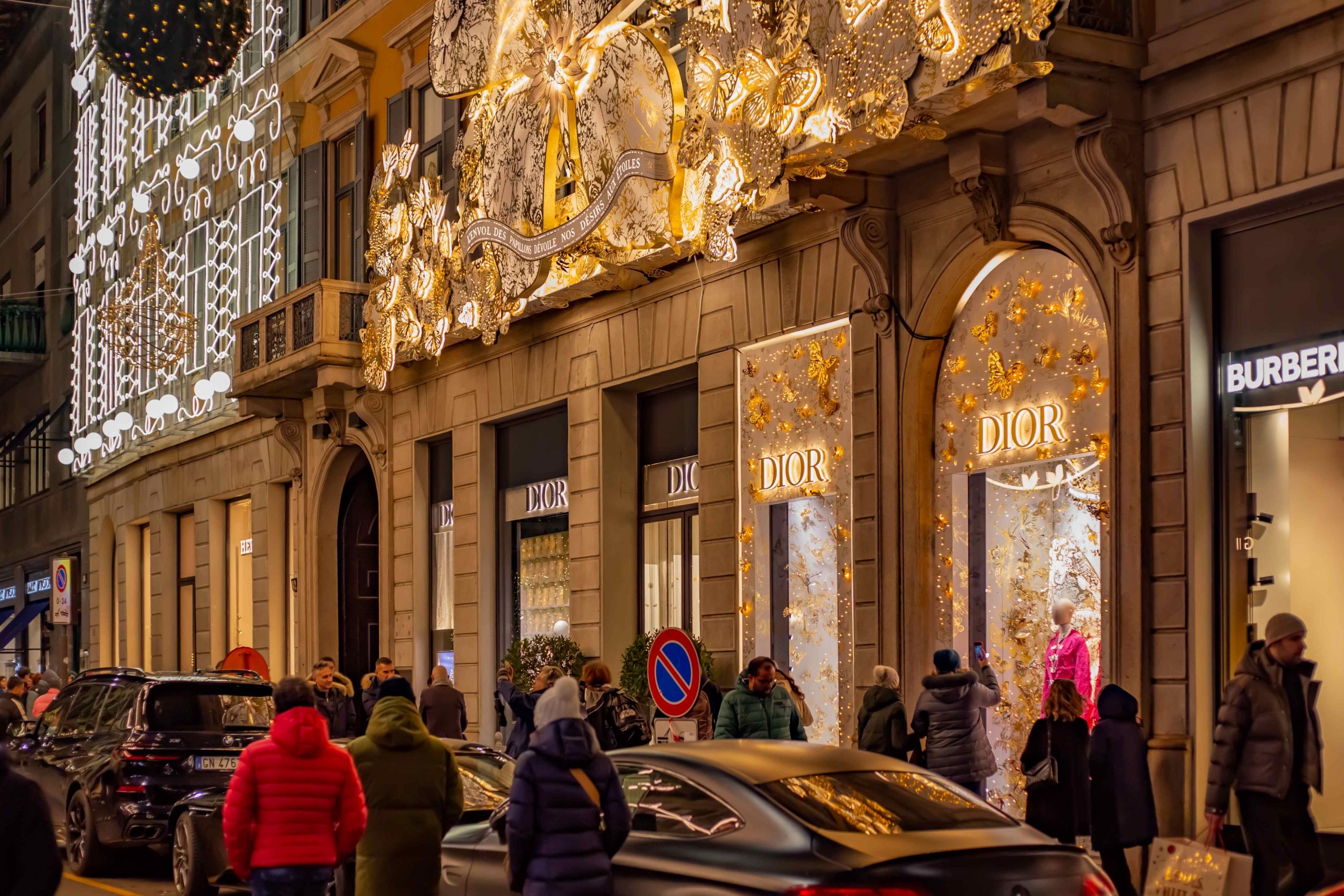Fashionistas can smell blood. Luxury brands need to find ways to unload their growing pile of unsold stock without reeking of desperation.
The luxury industry is slowing as shopperssober up after their pandemic spending spree. In 2022, sales across the sector rose by 15% at constant exchange rates, according to Bain & Company estimates. But U.S. shoppers tightened their belts toward the end of last year, and Europeans followed this summer. The Chinese haven’t been spending as much as brands hoped either since Covid-19 restrictions were lifted in January. This year’s growth rate is expected to be around half what the industry managed in 2022.
The slowdown has left brands’ own stores, independent boutiques and e-commerce retailers stuffed with unsold stock. The boss of online luxury goods seller MyTheresa said the company is experiencing “the worst market conditions since 2008,” and had 44% more inventory by the end of its latest quarter than a year earlier. Burberry is buying back unsold products from department stores.
Mainstream fashion chains have a ready answer to the problem of excess stock: deep discounts. But luxury brands will never pile it high and sell it cheap because they are protective of their reputations for exclusivity. Adding to the challenge, one of their old tricks for making leftover inventory vanish—burning it—has become taboo. Earlier this year, EU countries voted to outlaw the incineration of fashion waste.
Luxury brands have spent the past few years diligently weeding out discounts. They have worked hard to pull products from independent retailers and websites that offer deep end-of-season price cuts. Prada, for example, has halved its reliance on wholesale accounts since 2018. Now the Milanese brand sells mostly through its own stores, where it has full control over prices. With control has come discipline: Prada has stopped discounting in its own boutiques. So has its rival Gucci.
Labels have also cracked down on department store discounts. Retailers like Saks Fifth Avenue or Harrods can cover their costs even if they sell goods at 60% or more off the headline price, but posh brands hate ending up in the bargain bin. To get around the problem, they have been opening concessions in department stores, a set up that lets them control inventory and call the shots on pricing.
After such a tight clampdown on discounting, where are luxury companies with too much inventory to turn? Off-price outlets are an increasingly popular option. Today, 13% of all luxury goods by value are sold through them, according to Bain estimates. A decade ago, only 5% was sold off-price this way.
Outlets can shift meaningful amounts of stock: The best ones have high foot traffic and can sell as much per square foot as the ritziest shopping districts in the world, such as London’s Bond Street. Yet they also offer brands the discretion of offline prices. Given how easy it is to search for bargains on the internet, this matters for an industry so reliant on brand perception.
Even in outlets, shoppers won’t necessarily get rock-bottom deals. Value Retail operates the Bicester Collection chain, which has outlets across Europe and in China, and opens its first U.S. location outside New York next summer. It requires brands to offer 35% off on average to secure a spot in their retail “villages.” However, there is no obligation to cut deeper. And outlets aren’t easy to get to. To avoid competing with brands’ full-price stores, they tend to be located far from major shopping hubs. Christian Dior’s U.K. outlet is in a small town a 62-mile drive northwest of the brand’s London Bond Street flagship.
Luxury brands can use other backchannels to clear stock if they need cash. A network of unofficial resellers buys leftover goods and makes a profit by exploiting regional price gaps. The usual trade is to buy unsold stock from retailers in Europe, where luxury goods are cheapest, and sell in markets like Korea or Hong Kong where prices can be more than a third higher.
These resellers normally source their stock from independent boutiques that have end-of-season goods on their hands. Brands have been trying to stamp out the practice by stipulating in wholesale contracts that retailers can’t sell their goods on to resellers. “They are not happy about it, as their own inventory comes back to haunt them at a big discount,” says Luca Solca, luxury analyst at Bernstein. But in a sign they may be backpedaling, resellers have been getting calls in recent months directly from brands offering inventory, according to one trader.
The luxury industry has done a stellar job of snubbing bargain hunters in recent years. As stores start to sag with unsold bags, it will become a tougher strategy to stick to.
Write to Carol Ryan at carol.ryan@wsj.com



